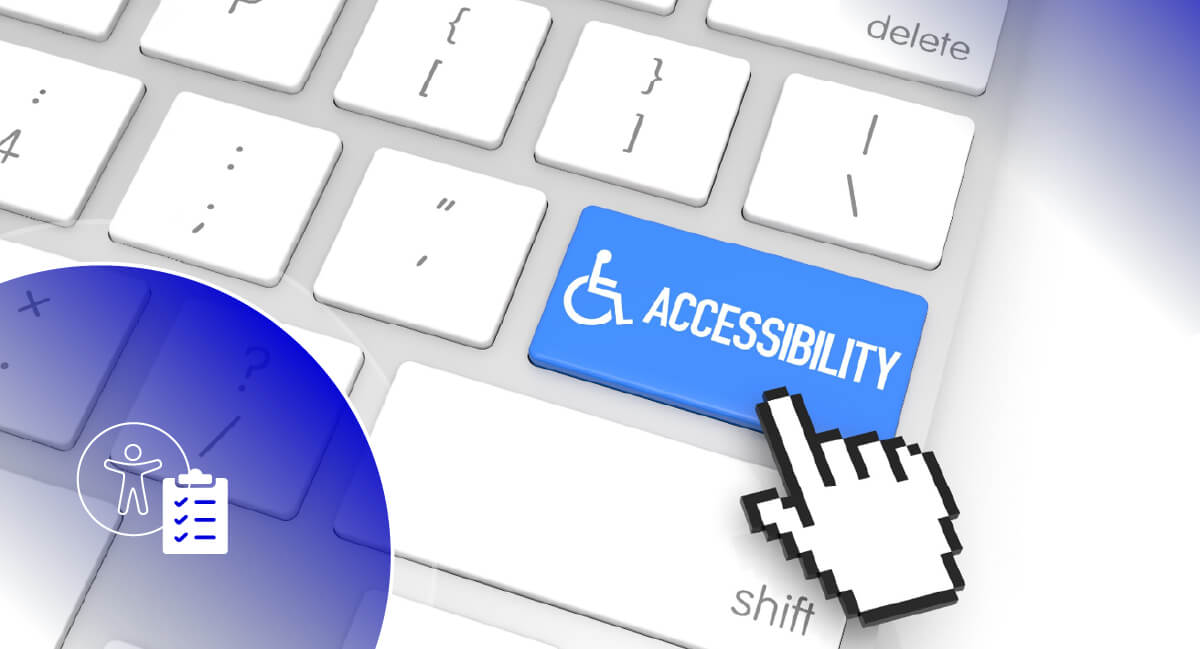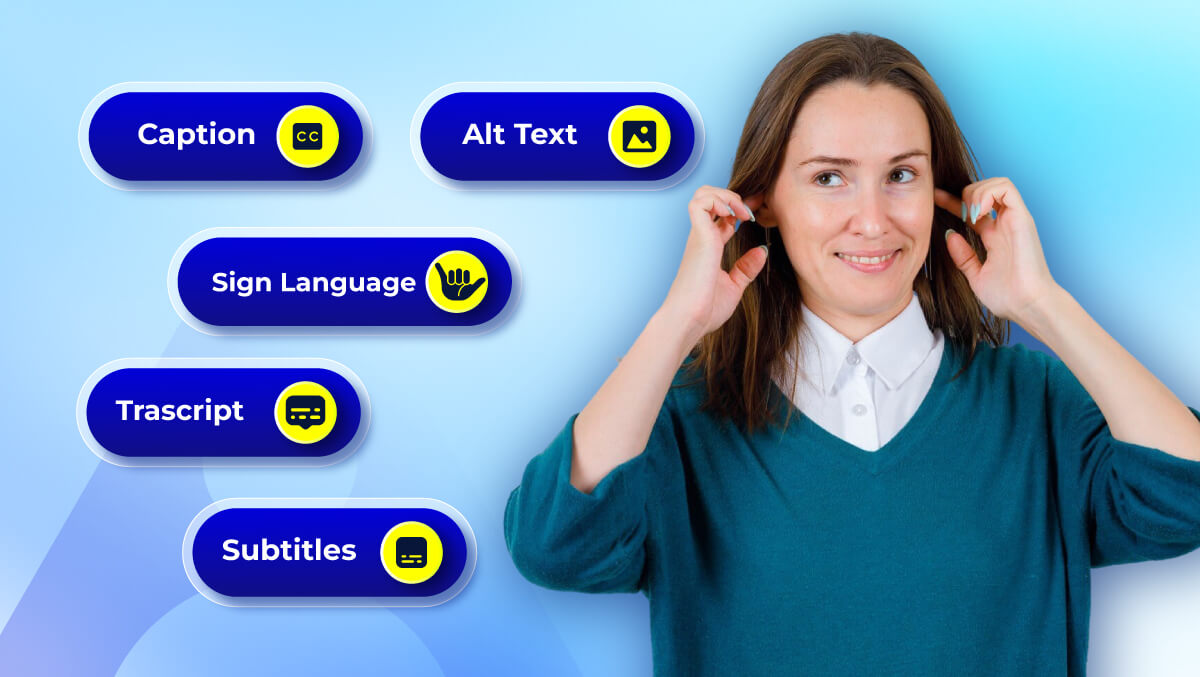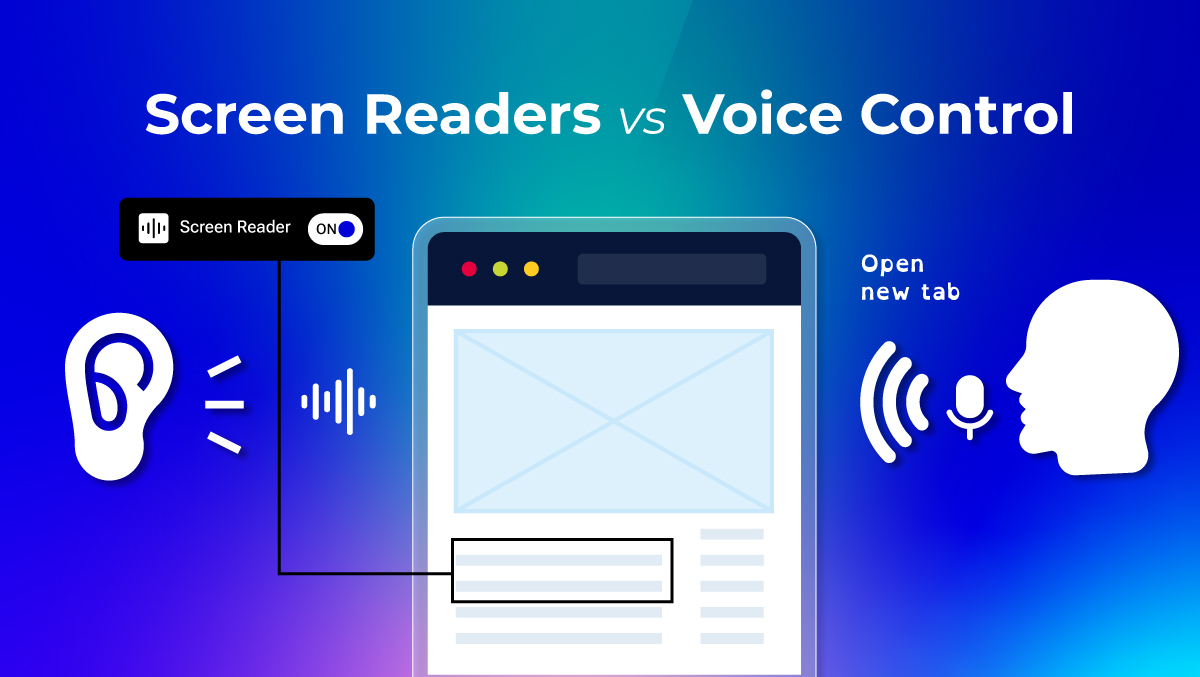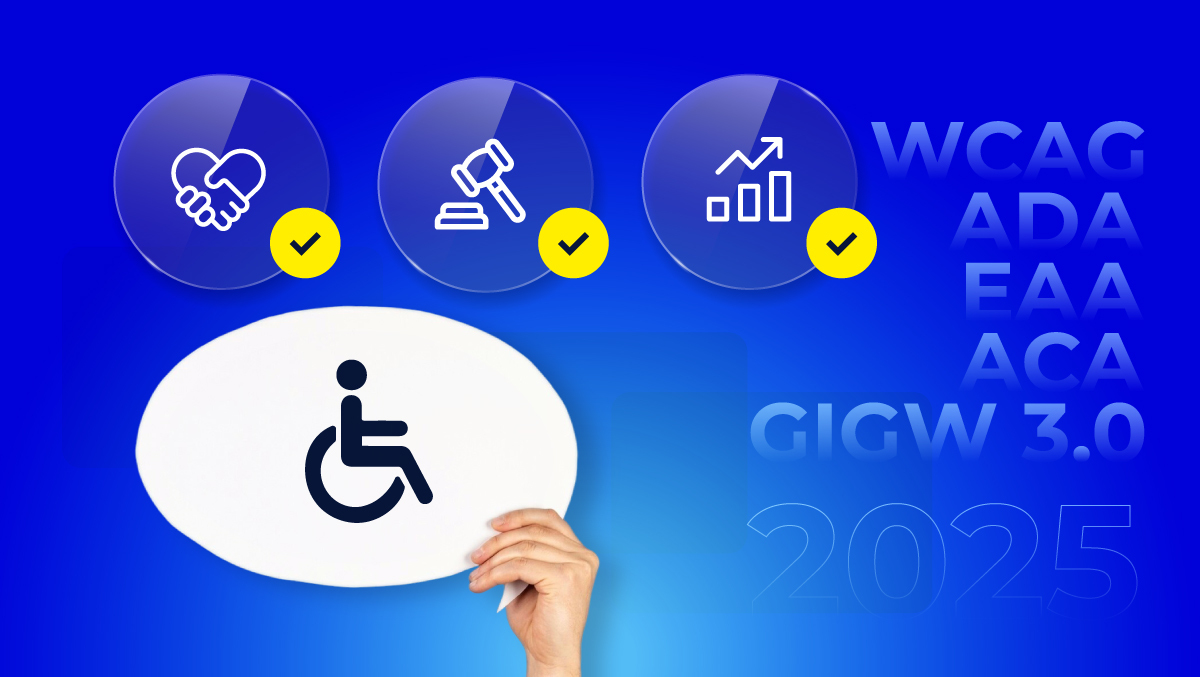10 Website Accessibility Examples + Complete Checklist for 2025

Accessibility Isn’t Optional, It’s Essential
In today’s digital-first world, having a website that looks good isn’t enough. It also needs to work for everyone, including the 1.3+ billion people globally who live with a disability.
If your site isn’t accessible, you’re not just excluding potential users, you're risking SEO loss, brand trust, and legal trouble. The good news? Web accessibility isn’t rocket science. In fact, some of the world’s most respected brands are already leading the way.
In this guide, you’ll discover:
- 10 inspiring website accessibility examples from different industries
- A comprehensive website accessibility checklist for 2025
- Practical tips to make your own site more inclusive
- Links to tools, resources, and standards to help you take action today
Let’s start by learning from the best.
10 Excellent Website Accessibility Examples
These examples show how accessibility can be seamlessly integrated into modern web design, without compromising aesthetics or performance.
1. BBC
Why it stands out: High color contrast, clearly structured content, alt text on all images, keyboard-friendly design.
2. W3C (World Wide Web Consortium)
Why it stands out: As the creator of WCAG, their site is the gold standard in semantic HTML, skip links, and screen reader support.
3. Apple
Why it stands out: Strong focus on keyboard navigation and assistive tech integration. VoiceOver support is part of their ecosystem.
4. GOV.UK
Why it stands out: Text-heavy government site with simple layouts, minimal distractions, and clear heading hierarchy.
5. Shopify
Why it stands out: E-commerce site that maintains accessibility in product images, dynamic carts, and checkout forms.
6. Deque Systems
Why it stands out: As an accessibility solutions provider, their site practices what they preach with clear code and testable elements.
7. LinkedIn
Why it stands out: Offers full keyboard functionality, proper ARIA labeling, and accessible messaging tools.
8. Adobe
Why it stands out: Accessibility options are embedded into both the website and their product interfaces.
9. Slack
Why it stands out: Excellent screen reader compatibility and high-quality alternative text on images and icons.
10. UserWay
Why it stands out: Accessibility widget for instant enhancements and a strong focus on WCAG compliance.
Website Accessibility Checklist for 2025
Use this checklist to ensure your website meets modern accessibility standards and delivers a seamless experience to all users.
| Area | Checklist Item |
| Visual Design | High contrast ratios, resizable text, legible fonts |
| Navigation | Keyboard-friendly navigation, focus indicators, skip to content links |
| Multimedia | Captions for videos, transcripts for audio |
| Forms | Labels on input fields, clear error messages, accessible buttons |
| Structure | Semantic HTML (<nav>, <main>, <header>), heading hierarchy |
| Images | Descriptive alt text, no text as images |
| Color Use | Avoid color-only indicators, offer alternative cues |
| Mobile Accessibility | Responsive design, large touch targets, device compatibility |
| Assistive Tech Support | Screen reader testing, ARIA landmarks and roles |
| Legal Compliance | WCAG 2.1 AA adherence, accessibility statement |
Real-World Accessibility Wins: A Mini Case Study
Example: U.S. Bank
U.S. Bank revamped their website with a focus on screen reader compatibility and form labeling. As a result:
- Online form completion increased by 22%
- Customer support inquiries dropped
- The brand received positive coverage from accessibility advocates
This isn’t just good PR, it’s better UX for everyone.
Pro Tips for Better Accessibility
- Start with accessibility in the wireframe stage, not post-launch
- Use real screen reader testing (e.g., NVDA, VoiceOver) not just automated tools
- Combine tools like WAVE, axe DevTools, and Lighthouse for thorough audits
- Add an Accessibility Statement to demonstrate transparency and commitment
Internal Resources You Might Like
- Accessible Web Design – The Ultimate Guide for 2025
- Disability Simulators – Experience the Internet with a Disability
- AI Accessibility in TYPO3 (T3AI's Features Explained)
External Accessibility Tools & Standards
- WCAG Guidelines (W3C)
- WebAIM Contrast Checker
- Deque Axe Toolkit
Conclusion: Accessibility Is the Future of the Web
Inclusive design is no longer optional. It's how we future-proof our websites, expand our reach, and serve our users with dignity and respect.
From startups to enterprises, every organization can (and should) strive for accessibility. By learning from great examples and following a structured checklist, you're already on the right path.
Want to Build or Improve an Accessible Website?
Let our experts help you audit and enhance your digital presence for full accessibility. Contact us today, or explore our beginner-friendly accessibility design guide to start improving your site now.
FAQs About Website Accessibility
The Web Content Accessibility Guidelines (WCAG) provide a global benchmark for making websites more accessible. The most widely accepted version is WCAG 2.1 AA.
Yes. In many countries, including the U.S. and EU member states, accessibility is a legal requirement under laws like the ADA, Section 508, and EAA.
Use automated tools like WAVE and manual methods like screen reader and keyboard-only testing to audit your site effectively.
Absolutely. While it’s best to design accessibly from the beginning, many improvements can be added to an existing site through updates and audits.
Everyone. Users with disabilities, people using mobile devices, older adults, and even search engines benefit from a well-structured, accessible site.




